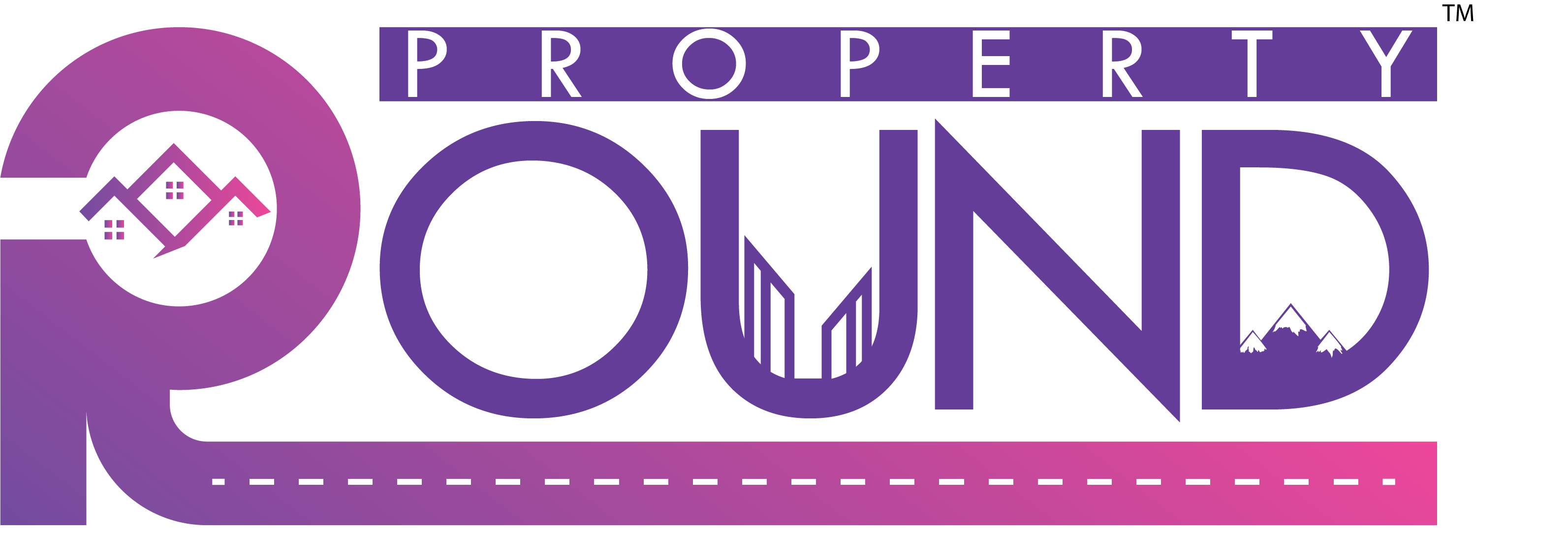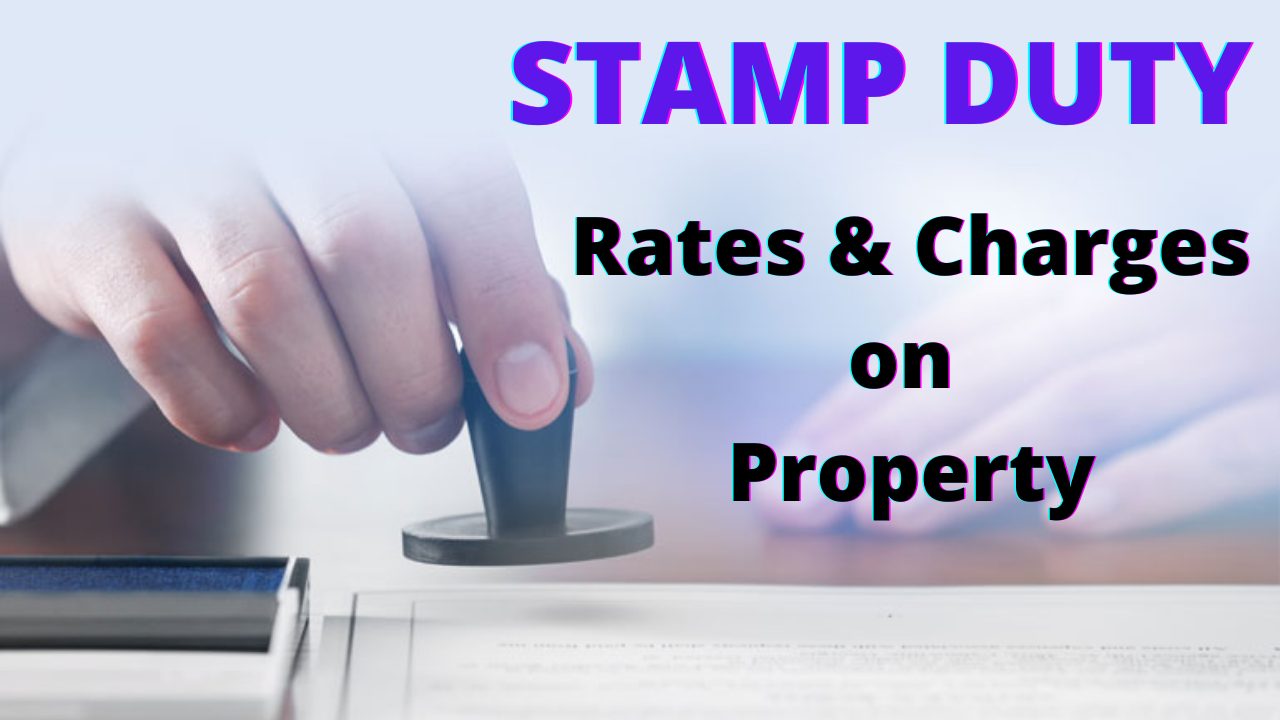Purchasing a residence is one of the most deliberate decisions one needs to craft. The State government levied taxes on the sales and transactions of new property. Stamp duty is obligatory tax placed on new possessions and documents during the sale or transfer of ownership of real estate.
It is important to validate the property registration that is done in your name. It is payable under the Section of Indian Stamp Act, 1899. Usually stamp duty is tax on not only commercial and residential properties but also on freehold and leasehold properties.
It can show a discrepancy from state to state. In the local municipal records, it needs to be renowned that the retailer has transferred the property/house to you and when you do that, you are liable to pay a fee called the stamp duty to the government.
Payment of Stamp Duty
You need to make the payment in full.
The payment of stamp duty needs to be accomplished on time or it attracts consequences. It is an authorized document that can be held as verification in court and has value.
Payment of the duty has to be made before implementation of the lawful document, or on the day of implementation or within one operational day after that.
Payment is typically made by the buyer of the property. In the case of property exchange, both the homebuyer and the vendor will be legally responsible to pay stamp duty uniformly.
Penalty on partial payment of stamp duty will be charged at 2 percent per month, up to the maximum of 200 percent on the pending amount to be paid.
Stamp Duty Calculator
If you want to calculate the stamp duty charge you will be asked to pay, consider using one of the many online stamp duty calculators available. The outlay of stamp duty is generally 3-10% of the total of market value of the property in different states.
Registration charges tend to be 1% of the property’s market value. As such, these charges can run into lakhs of rupees. To shun any deficit in finances when buying your home and registering the property in your name, ensure that you also put in for the stamp duty and registration charges when you pertain for the home loan amount.
Stamp Duty Charges in Various Cities
| City | Stamp Duty Charges | Registration Charges |
| Bangalore | 5% of the property’s total market value | 1% of the property’s total market value |
| Delhi | • 4% if the owner is a woman • 6% if the owner is a man | 1% of the total market value, in addition to a pasting charge of Rs.100 |
| Mumbai | • 4% of the property’s total market or agreement value for rural areas • 5% for property’s total market or agreement value, for urban areas | 1% of the property’s total market or agreement value, or Rs.30,000, whichever is lower. |
| Chennai | 7% of the property’s total market value | 1% of the property’s total market value |
| Kolkata | • 5% of the property’s total market value, if the property is an area governed by a Panchayat • 6% of the property’s total market value if it is an urban area • 1% additional stamp duty charge is levied if the property’s total market value is greater than Rs. 40 lakhs | 1% of the property’s total market value |
Factors that Determine Your Stamp Duty Charges
Status of the Property: The duration of the property plays a vital role in determining the stamp duty charges you will be required to forfeit. It depends on the fact of whether the property is old or new.
As stamp duty charges are calculated as a percentage of the total market worth of the property, old buildings usually attract less stamp duty charges and new buildings attract a high charge. This is because the market value of old buildings would have depreciated.
Gender of the Owner: Like senior citizens, women in our country also get a discount on stamp duty charges if the property is registered in her name.
Men pay about 2% extra to get their property registration documents stamped when compared to women. For instance, females in Haryana pay 6% and 4% of stamp duty and registration charges whereas men pay 8% and 6% respectively.
Age of the Owner: Nearly all state governments have subsidized stamp duty charges for senior citizens. So, the age of the owner plays an important role in determining the charge. More discounts may be available for senior citizens.
Function or usage: Commercial buildings are a magnet for a high stamp duty fee when compared to residential buildings. This is mainly because commercial buildings would need a lot of amenities, floor space, and security features.
Location: If your property is located in a municipal locality or an expensive urban area, you need to pay a high stamp duty. If your property is located in Panchayat limits or fringes of the town, you will be paying less to get it stamped.
Amenities: Did you know that the government will charge you for every extra amenity you have on your premises while registering the property? Yes, the government has a list of over 20 amenities that you will have to pay extra for if you have them on your property.
Some of the amenities are lifts, swimming pool, library, club, gym, community hall, and sports area.
Stamp duty and registration fees cost enough along with home purchases. You have to pay 5%-8% of the value of the property in the form of stamp duty and registration fee.
However, when you get your home finance using a home loan, the property registration fee is not part of the home loan. You pay these charges before taking a home loan. However, you can claim tax deduction up to 1,50,000 ₹ on stamp duty and registration under Section 80C of the Income Tax Act.
For best real estate consultancy dm us on mail at propertyround@gmail.com or click here to contact.




